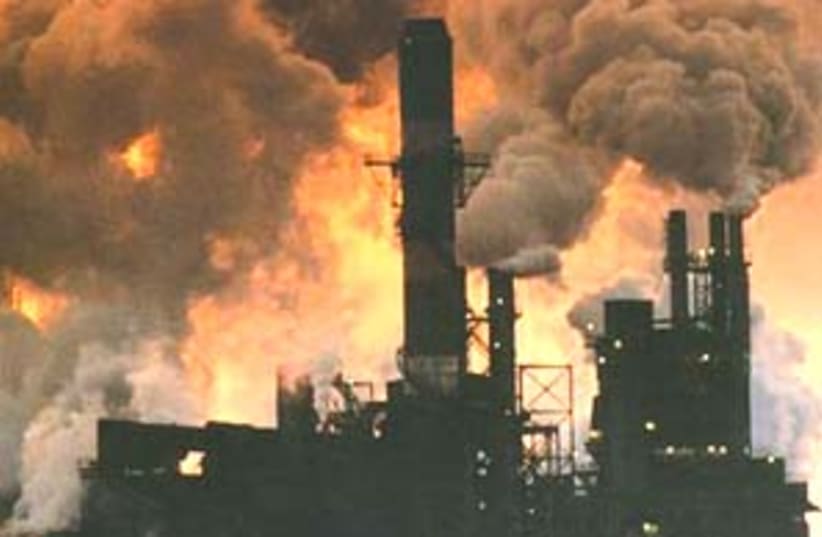While public attention is usually focused on "conventional" outdoor, environmental health hazards, it's time to start focusing on indoor threats, says Abraham.The usual suspects are often found outside residential buildings: loud motorways, smoke puffing factory chimneys, contaminated water sources, and even neglected household waste piles, all these pose serious health concerns due to the pollution they create.
But today, according to Abraham, there is a growing awareness of the health dangers that are prowling in our own backyard."The coronavirus outbreak that has led (and still leads) many to start working from home, and to a general increase in the amount of hours that each of us spends at home is a real opportunity to understand what's happening to the air quality in our houses," explains Abraham.
A study, conducted by the United States Environmental Protection Agency (EPA), has found that air pollution indoors is up five times more than it is outside. Even more so, according to estimations by the World Health Organization, some 3.8 million people die prematurely due to diseases caused by bad air quality indoors.
In Israel however, the awareness of the general population to the problem is almost non-existent, according to Abraham. It is two problems in one; the first being that the Israeli public doesn't know that there is even such a thing as indoor air pollution and the second is health damages that it can cause.
Some of the threats that lurk at our homes come from supposedly innocuous everyday objects such as pesticides, paints, air freshners, disinfects, deodorants and more. "Even the clothes we often send to dry cleaning emit poisonous gases," says Abraham.
No one seems to be immune to the dangerous effects of these breathable elements. Young children, elderly people, and others who suffer from respiratory problems are especially susceptible to indoor air pollution.Even healthy people with no medical history can develop a serious of health issues such as: headaches, vertigo, irritation of the nasal canals, nose bleeds, allergic skin reactions and nausea.In some of the more severe cases, that are often caused by years of prolonged exposure, permanent damage is caused to important internal organs and the central nervous system, increasing the overall chances of getting cancer.But not all threats come from supposedly harmless objects found in every house. In some cases, indoor pollution is caused by an external source. This phenomena has been identified as "the sick house syndrome."The term refers to buildings which contain hazardous materials, either because they were used in the construction process or because they were built in close proximity to pollution sources. In either case, there is a serious lack of awareness to this life-endangering problem.
